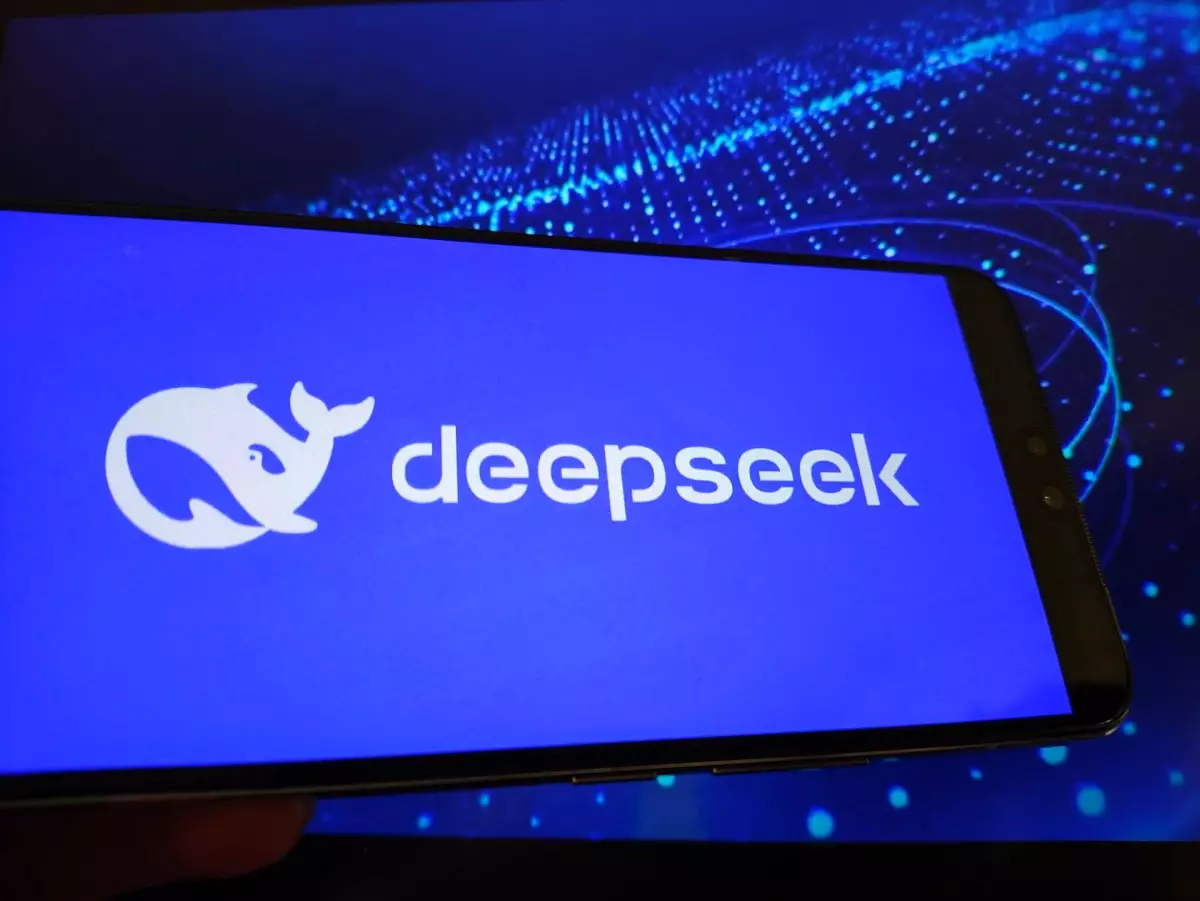DeepSeek, a promising AI startup based in China, has recently made waves in the technology sector by revealing supposed profitability metrics for its AI models. The company announced a staggering “cost profit margin” of 545%, which at first glance seems impressive. However, a careful examination of the foundational data reveals that these figures are heavily contingent on theoretical income rather than actual earnings. This raises questions regarding the veracity and practicality of their claims, casting a shadow over the startup’s financial health.
In an attempt to illustrate its financial prowess, DeepSeek highlighted a hypothetical scenario involving its V3 and R1 AI models. Supposedly, if the usage of these models were to be billed according to R1 pricing over a 24-hour period, the total revenue could approach $562,027. This figure starkly contrasts with the cost of $87,072 associated with leasing the necessary GPUs, providing a seemingly lucrative opportunity. However, this calculation relies heavily on ideal conditions that do not reflect the realities of the operational environment.
The company acknowledged that its actual revenue is significantly lower due to several mitigating factors, including discounted rates during off-peak hours, reduced pricing for the V3 model, and a limited array of monetized services. Notably, many users continue to access the company’s app and website for free, which suggests that the projected profitability may be overinflated. Theoretically, if these services were to incur charges, the user base could dwindle considerably, resulting in lower actual revenue.
Speculative Metrics: A Double-Edged Sword
DeepSeek’s financial assertions invite skepticism primarily because they are rooted in speculative metrics rather than verifiable outcomes. Their approach may well reflect an optimistic vision for the future rather than a reflection of current operational realities. This has become particularly relevant in a broader context where debates surrounding AI technology’s profitability and sustainability continue to proliferate. Firms in the AI space are under scrutiny for their spending habits amidst fluctuating tech stocks, exemplifying the delicate balance between innovation and fiscal responsibility.
The competitive landscape in the AI domain is increasingly intense, epitomized by DeepSeek’s early foray into the public eye. Their announcement coincided with significant developments in the tech industry, including claims that DeepSeek’s model could rival OpenAI’s offerings while being developed at a fraction of the cost. Despite this tantalizing prospect, analysts remain wary, especially given the U.S. trade restrictions that have limited access to cutting-edge technology for Chinese firms. Such geopolitical factors compound the challenges facing DeepSeek as it navigates both operational and market dynamics.
While DeepSeek presents an exciting narrative of potential profitability, the reality is ensnared in speculation and idealism. The stark divergence between predicted revenue and actual earnings necessitates a more cautious outlook on the company’s financial health. As DeepSeek continues to develop its offerings and navigate a competitive market, it will need to balance ambition with pragmatic strategies to establish a foothold in the lucrative yet volatile AI landscape.

